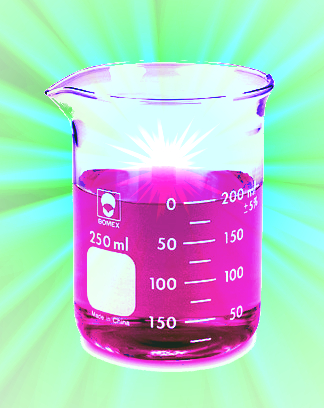Locals drop Wikibomb for better recognition
 Internet activists have fought back against an online gender imbalance.
Internet activists have fought back against an online gender imbalance.
Wikipedia has been bombarded with new entries and information on the work of Australian women in science and research industries.
At the start of National Science Week, the push is on to shed light on profound work, too often ignored.
Organisers of the ‘Wikibomb’ weekend event said there needs to be greater recognition for the work of female scientists past and present.
From aquatic life to quantum time, female Australian scientists have covered ground wherever questions go unanswered.
Quantum physicist Professor Michelle Simmons has had a page created to reveal her pioneering work in quantum computing.
Marine scientist Leanne Armand now has a dedicated Wikipedia page, which praises “her contributions to the understanding of how the Southern Ocean dynamics and sea ice are linked to climate”.
Professor Emma Johnston, from the Sydney Institute of Marine Science, is the subject of an updated entry detailing her research on the impact of human activities and pollutants on marine life.
Associate Professor Amanda, a leading cartilage researcher, was recognised in the Wikibomb along with dozens of other new additions.
“When you do a Google search for famous scientists, you come up with all these pictures of old white men in glasses with lab coats and holding beakers of fuzzy green liquid that look nothing like any experiment that I've ever done,” Dr Krystal Evans, CEO of the BioMelbourne Network, told the ABC.
“So the Australian Academy of Science initiative wants to correct that by profiling women who've made outstanding contributions.”
Over 140 people took part in the event based at the Australian National University Shine Dome in Canberra, with many attending remotely from locations including Melbourne, Sydney and Perth.
The Wikibomb was dropped on the first day of National Science Week, which will see hundreds of events promoting scientific thought and progress around the country this week.







 Print
Print